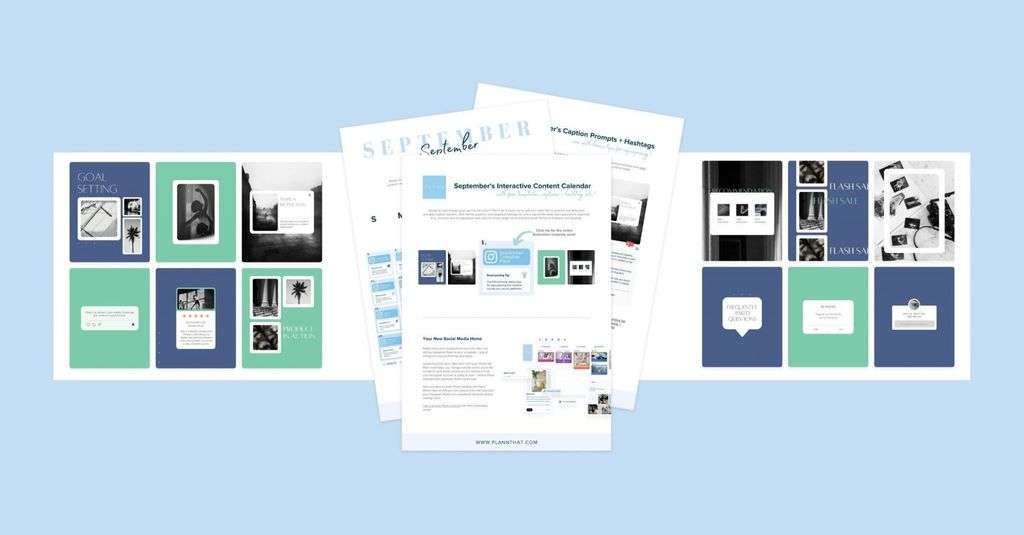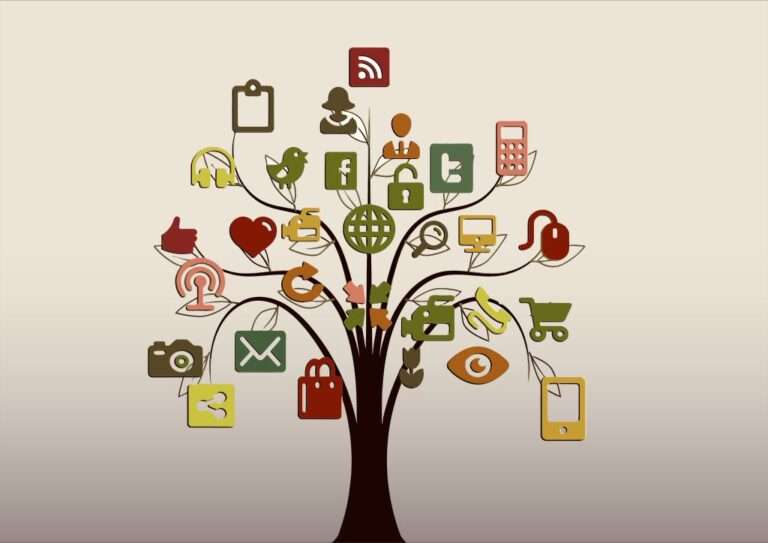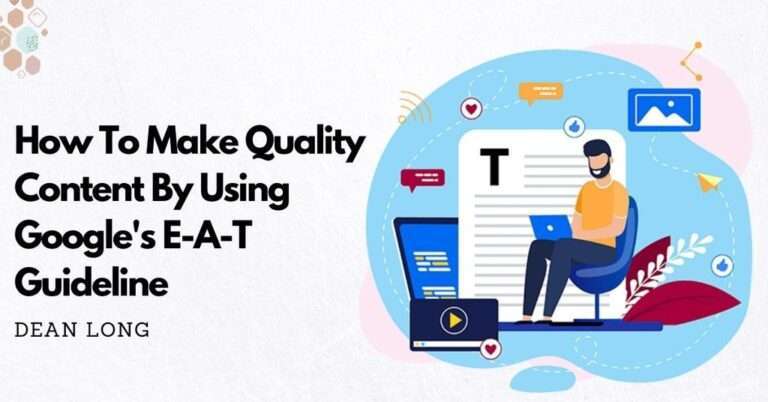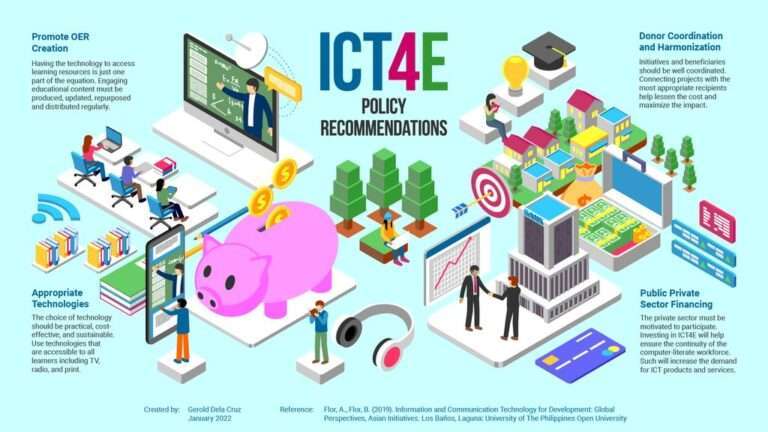What is Content Repurposing?
Overview
What is Content Repurposing?
Content repurposing is the process of taking existing content and adapting it into different formats to reach a wider audience and extend its lifespan. This strategy allows businesses to maximize the value of their content by repackaging it in various ways, such as turning blog posts into social media content, webinars into podcast episodes, and infographics into slide decks. By repurposing content, businesses can increase reach and engagement by catering to different audience preferences and platforms. It also helps to save time and resources by leveraging existing content assets instead of creating new ones from scratch.
Benefits of Content Repurposing
Content repurposing offers several benefits for businesses and content creators. By repurposing existing content, time and resources can be saved, as there is no need to create new content from scratch. Additionally, repurposing allows for increased reach and engagement with the target audience. Different formats and platforms can be utilized to reach a wider audience and cater to their preferences. Moreover, repurposing content helps to maximize the value of the original piece by extending its lifespan and relevance. Overall, content repurposing is a strategic approach that enables businesses to make the most out of their existing content assets.
Common Misconceptions about Content Repurposing
There are several common misconceptions about content repurposing that need to be addressed. One misconception is that repurposing content is the same as duplicating content. However, repurposing involves taking existing content and presenting it in a different format or for a different audience, while duplicating content is simply copying and pasting the same content without any modifications. Another misconception is that repurposing content is a shortcut or a lazy way of creating new content. In reality, repurposing allows you to maximize the value of your existing content by reaching new audiences and engaging with them in different ways. It is not a substitute for creating original content, but rather a strategy to complement and enhance your content marketing efforts. Lastly, some people believe that repurposing content is time-consuming and resource-intensive. While it does require some effort to repurpose content effectively, it can actually save you time and resources in the long run by leveraging your existing content assets. By repurposing content, you can create a library of valuable resources that can be reused and repurposed in various ways, saving you from constantly creating new content from scratch.
Methods of Content Repurposing
Repurposing Blog Posts into Social Media Content
Repurposing blog posts into social media content is a great way to maximize the reach and engagement of your content. By taking key points from your blog posts and turning them into bite-sized social media updates, you can effectively communicate your message to a wider audience. Additionally, repurposing blog posts into social media content allows you to save time and resources by leveraging existing content. This method also helps to maintain consistency in your brand messaging across different platforms. To ensure success with this method, it is important to identify your target audience and choose the right content formats that resonate with them. Finally, don’t forget to optimize for SEO by using relevant keywords and hashtags in your social media updates.
Turning Webinars into Podcast Episodes
One effective method of content repurposing is turning webinars into podcast episodes. Webinars are a great way to engage with your audience and share valuable information. By repurposing webinars into podcast episodes, you can reach a wider audience and provide them with valuable content in a different format. This allows you to leverage the existing webinar content and make it accessible to those who prefer listening to podcasts. Additionally, podcast episodes can be easily shared and promoted across various platforms, increasing your reach and visibility. To repurpose webinars into podcast episodes, you can extract the audio from the webinar recordings and edit them into episodes. You can also create show notes or transcripts to accompany the episodes, providing additional value to your listeners. Overall, repurposing webinars into podcast episodes is a cost-effective way to maximize the value of your content and engage with your audience on different platforms.
Transforming Infographics into Slide Decks
Another effective method of content repurposing is transforming infographics into slide decks. Infographics are visually appealing and contain valuable information. By converting infographics into slide decks, you can create engaging presentations that can be shared on platforms like SlideShare. Slide decks allow you to present information in a concise and visually appealing manner, making it easier for your audience to understand and retain the key points. Additionally, you can include captivating images and concise text in your slide decks to make them more impactful. This method of repurposing content not only helps you reach a wider audience but also allows you to showcase your expertise in a different format.
Best Practices for Content Repurposing
Identify Your Target Audience
When repurposing content, it is crucial to identify your target audience. Understanding who your content is intended for will help you tailor it to their needs and preferences. Conduct market research, analyze your existing audience, and create buyer personas to gain insights into their demographics, interests, and pain points. This information will guide you in selecting the most effective content formats and channels to reach and engage your target audience.
Choose the Right Content Formats
When repurposing your content, it is crucial to choose the right content formats that will effectively reach your target audience. Consider the preferences and habits of your audience when selecting the formats. For example, if your audience is more likely to consume content on social media platforms, repurpose your blog posts into engaging social media content. If your audience prefers audio content, turn your webinars into podcast episodes. By selecting the appropriate formats, you can maximize the impact of your repurposed content and engage your audience in the most effective way.
Optimize for SEO
When repurposing content, it’s crucial to optimize for SEO to ensure maximum visibility and reach. Start by conducting keyword research to identify relevant keywords and phrases to incorporate into your repurposed content. Use these keywords strategically in your titles, headings, and throughout the body of your content. Additionally, make sure to optimize your meta tags, URLs, and image alt tags. By following these SEO best practices, you can improve your content’s search engine rankings and attract more organic traffic to your repurposed content.
Conclusion
Maximize the Value of Your Content
One of the key benefits of content repurposing is that it allows you to maximize the value of your existing content. By repurposing your content into different formats, such as turning blog posts into social media content or transforming infographics into slide decks, you can reach a wider audience and extend the lifespan of your content. This not only increases the visibility and reach of your content but also enhances its overall value. Repurposing your content also enables you to save time and resources by leveraging existing content and repackaging it in a new and engaging way. By repurposing your content, you can create a multi-purpose asset that can be used across various platforms and channels, maximizing its impact and value.
Increase Reach and Engagement
To increase reach and engagement, content repurposing is a powerful strategy. By repurposing your content into different formats, such as social media posts, podcast episodes, and slide decks, you can reach a wider audience and engage with them in various ways. Repurposing blog posts into social media content allows you to share bite-sized snippets of valuable information, while turning webinars into podcast episodes enables you to reach people who prefer audio content. Transforming infographics into slide decks provides a visual and interactive experience for your audience. By diversifying your content formats, you can attract and engage different segments of your target audience, ultimately increasing your reach and fostering deeper engagement.
Save Time and Resources
One of the key advantages of content repurposing is that it allows you to save time and resources. Instead of creating new content from scratch, you can repurpose existing content into different formats, such as turning blog posts into social media content or transforming infographics into slide decks. This not only reduces the amount of time and effort required to create new content but also maximizes the value of your existing content. By repurposing content, you can reach a wider audience and engage with them using different mediums, without having to invest significant resources in creating completely new content. This can be especially beneficial for businesses with limited time and budget, as it allows them to make the most out of their existing content assets.









 العربية
العربية Čeština
Čeština Dansk
Dansk Nederlands
Nederlands English
English Suomi
Suomi Français
Français Deutsch
Deutsch Italiano
Italiano 日本語
日本語 한국어
한국어 Norsk bokmål
Norsk bokmål Polski
Polski Português
Português Русский
Русский Español
Español Svenska
Svenska